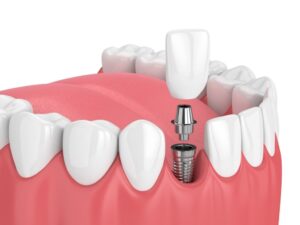Golf cart batteries are essential components of electric and gas – powered golf carts. However, these batteries have a limited lifespan, typically lasting between 4 to 6 years. When it is time to replace them, it is crucial to consider the environmental responsibility of properly disposing of golf cart batteries.
Here are several reasons why disposing of golf cart batteries responsibly is vital for the environment:
Toxic Materials – Golf cart batteries, particularly lead – acid batteries contain toxic materials such as lead and sulfuric acid. Lead is a highly hazardous heavy metal that can contaminate soil and water if not handled properly. When batteries are disposed of improperly, there is a risk of these toxic substances leaching into the environment, causing harm to ecosystems and potentially posing health risks to humans.
Recycling and Resource Conservation – Proper disposal often means recycling. The recycling process for golf cart batteries is highly effective, with over 90% of the battery’s materials being recyclable. Recycling not only reduces the demand for raw materials like lead and plastic but also conserves energy compared to manufacturing new batteries from scratch. This resource conservation contributes to sustainability and lowers the environmental footprint.

Preventing Pollution – When golf cart batteries are not disposed of correctly, they can end up in landfills where they can break open, releasing hazardous materials into the ground. These materials can eventually find their way into nearby water bodies, polluting water sources and posing a threat to aquatic life. Proper disposal and recycling mitigate these risks, preventing pollution and its harmful consequences.
Regulatory Compliance – Many regions have strict regulations in place governing the disposal of lead – acid batteries, including golf cart batteries. Failing to comply with these regulations can lead to fines and legal consequences. Responsible disposal not only protects the environment but also ensures compliance with the law.
Preserving Natural Resources – Lead is a finite resource, and its extraction and processing can have severe environmental impacts. Properly recycling golf cart batteries reduces the need for new lead extraction, helping to preserve this limited resource. Additionally, recycling saves energy compared to producing lead from raw materials, further reducing environmental harm.
Supporting the Circular Economy – Responsible disposal and recycling of golf cart batteries are essential components of a circular economy. In a circular economy, products and materials are reused and recycled, reducing waste and environmental impacts. By participating in proper disposal and recycling, you contribute to a more sustainable economic model.
To dispose of golf cart batteries responsibly, consider the following steps:
Locate a Recycling Center – Look for a recycling center or a designated collection point in your area that accepts lead – acid batteries, including golf cart batteries.
Follow Local Regulations – Ensure you comply with local, state, and federal regulations regarding battery disposal. Some areas may have specific requirements for recycling or disposing of hazardous materials.
Transport Safely – When transporting used batteries, handle them with care to prevent leaks or spills. Use appropriate containers and avoid any damage during transit.
Support Recycling Programs – Encourage and support recycling programs for batteries in your community. Many retailers and automotive shops also accept used batteries for recycling.
The environmental responsibility of properly disposing of Lithium Golf Cart Batteries cannot be overstated. By recycling these batteries, we can reduce toxic pollution, conserve resources, prevent environmental damage, and contribute to a more sustainable and responsible way of living. Each of us plays a vital role in protecting our planet, and responsible battery disposal is one of the ways we can make a positive impact.

